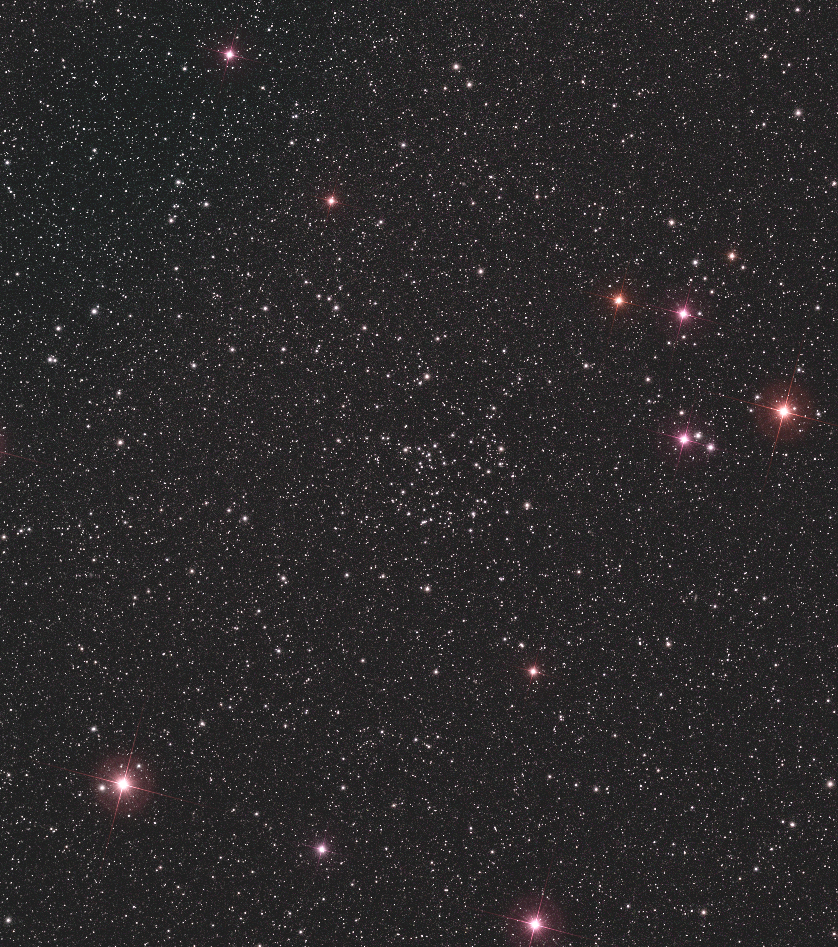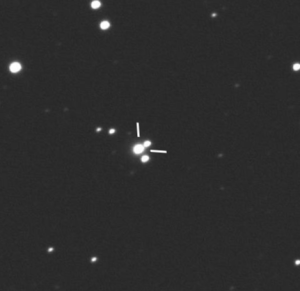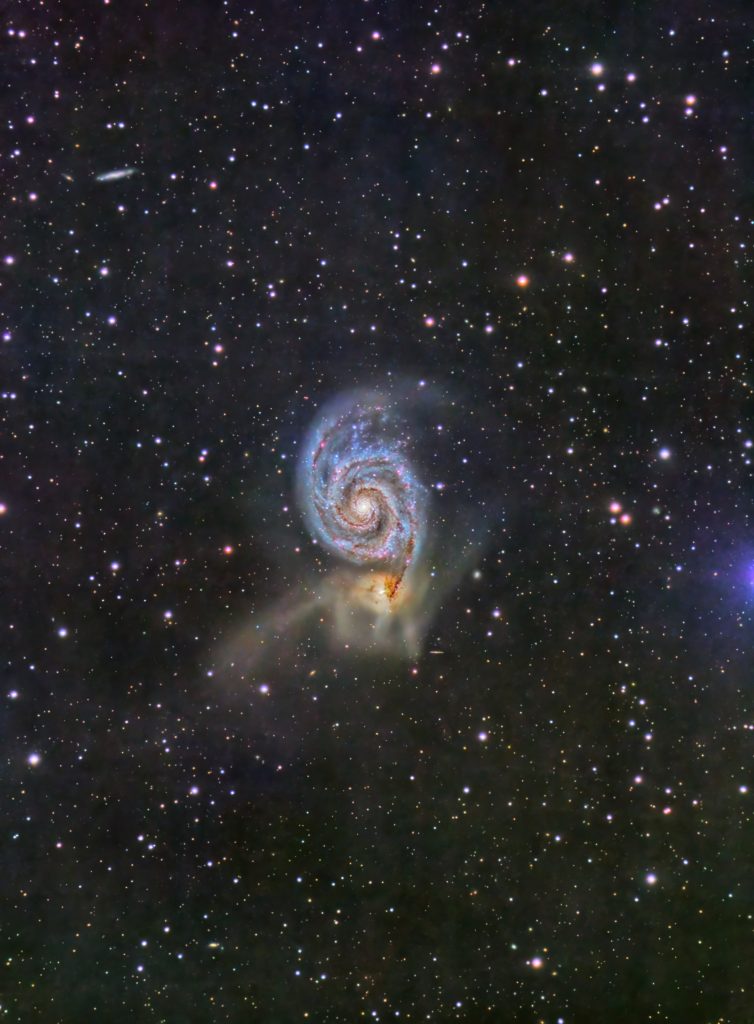2023 September 3
Deep Sky Update – August 2023
Dark nights have returned to Orkney, and it has been nice to be able to see some stars again. We actually had some nice nights for the Perseids, and I was able to catch a few visually, with my DSLR and lots on my newly commissioned UKMON meteor camera.
My Dob is still being worked on, so I did not get it out, but I was able to take in quite a few DSOs with my binoculars.
Orkney International Science Festival
The past couple of weeks I have been getting ready for the Orkney International Science Festival which runs from Sept 7 to Sept 13. I am helping out with the SUN installation which is in St. Magnus cathedral, and if anyone is in Orkney for the festival please stop by to say hello. I am also running two workshops on the 11th, and taking part in the Orkney Sky at Night with Eric Walker of Highland AS on Friday 8th at 10pm – this is an online event so anyone anywhere can tune in. For more information about the festival visit https://oisf.org/
Deep Sky Zoom
The Deep Sky Zoom will take place on September 28th, starting at 19:30 BST. Here is the programme:
19:30 – welcome and preamble
19:35 – Owen Brazell – Galaxy Groups for the Autumn
20:05 – David Strange – Barnard and his dark nebulae (with a Redcat)
20:35 – Grant Privett – Observing local group galaxies
21:05 – any short contributions from the floor
21:15 – close
To join use this link: https://us02web.zoom.us/j/83897540161?pwd=bXk0TDRqdVh0TklWQVZmM1JkWkNEQT09
and it should also be streamed to YouTube on the BAA channel, and be available there to view at a later date if you can’t watch it live.
Mr. G. Brightening

It does look like Gyulbudagian’s Nebiula has been brightening again. It had rather diminished to a vague wisp but over the summer it is now much more distinct. Here is a recent images from Grant Privett.
It would be worth members spending some observing time to monitor it. McNeil’s Nebula continues to be rather ‘not-there’ but well worth checking on from time to time. Autumn does signal the Variable Nebula season again, with Hubble’s, Hinds, and the Auriga pair now becoming more available.
Future of Astro-imaging and Visual observing
In the September issue of Astronomy Now magazine there is an interesting article about the future of astro-imaging by Nik Symanek. I noticed on Stargazers Lounge a follow-on thread about the future of visual observing. One comment was that it is rather unknown what proportion of observers are essentially visual observers and how many are mainly imagers. So, I have created a very simple form that you can fill in to report on your style of observing. Just the one question, and you can leave a comment if you want to (please don’t put identifying information into the comment unless you don’t mind being identified!).
There do seem to be a lot of surveys about at the moment, but this should take almost no time to complete, so I hope you’ll find a minute to respond.
How to build a Dobsonian
At the risk of stepping into the E&T section territory (again), I noticed that Richard Berry has placed his book “How to make a Dobsonian” into the public domain. It’s an interesting read for anyone wanting to make a Dobsonian or fine tune their instrument. You can download a PDF
August Object of Interest
NGC 6811 garnered quite a few interesting observations, so many thanks to all who had a go at it. It was interesting to see the void present. Here are two of the images; from Iain Cartwright and Jonathan Elliott.

September Object of Interest
For September I have moved onto Andromeda, and have chosen Mayall II the Andromeda Galaxy’s brightest globular cluster, which is also known as G1 (NGC-224-G1). At 13th magnitude it is a bit faint for visual observers, but can be done with a large scope. It will probably just appear as a fuzzy star, though. It’s not too hard to image – I managed an EAA observation of it a couple of years ago. And here is Paul Leyland’s image from the members gallery.
Picture of the Month
There have been many super images posted to members’ albums in August, and pick of the month goes to Graham Winstanley for his M51 Whirlpool galaxy image. This is a third iteration of processing but has brought out an amazing amount of detail in the interacting galaxies.
Good luck to all for some clear skies in September.
| The British Astronomical Association supports amateur astronomers around the UK and the rest of the world. Find out more about the BAA or join us. |



